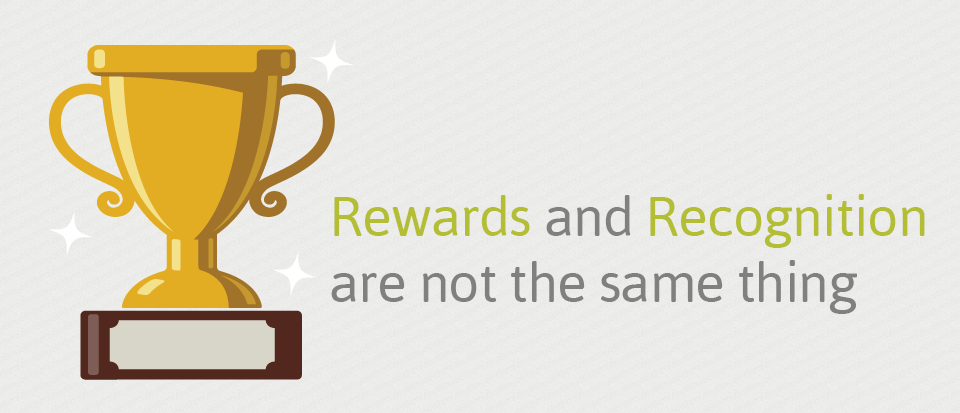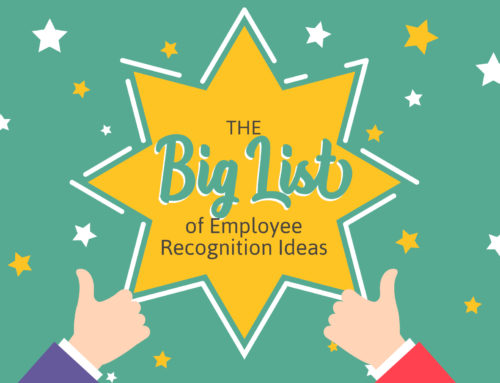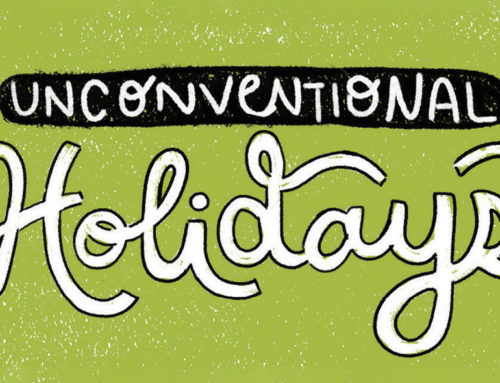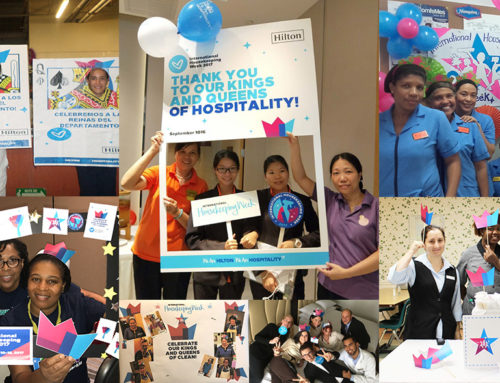Reward programs are fine. But to reach your employees, a little recognition goes a long way. You’ve heard the story before: A star employee receives a prestigious award for their service and dedication. Then they submit their resignation a few weeks later. Employee turnover is an expensive problem most companies struggle with. Some may think that lavish reward programs will convince employees to stay, but that philosophy overlooks one simple fact: rewards and recognition are not the same thing.
Rewards tend to be organized, constructed programs that are driven by specific actions. If you sell 100 widgets, you get a bonus. If your service scores go up, you win a prize. And so on.
Recognition deals less with the relationship between employees and their work, and more with the relationship between employees and their supervisors. And for many employees, particularly the younger Millennials, the feeling of recognition and the bonds they form with their supervisors are vital.
How important is it to build a strong relationship between a company’s managers and its workforce? A few simple facts tell the story:
- A Gallup study of 12 million workers at 7,000 companies revealed that the relationship with the manager largely determines the length of an employee’s stay. Likewise, the Saratoga Institute found that 50 percent of workplace satisfaction depends on the relationship an employee has with his or her boss.
- While most companies have employee incentive and reward programs, approximately 90 percent of U.S. workers feel that their company does not adequately recognize them. Robert Half International found “lack of praise and recognition” to be the No. 1 reason that people leave their jobs.
The upshot: While rewards programs may give a boost to a company’s most successful employees, the majority of them don’t feel recognized. The difference between rewards and recognition is the difference between motivating the top 10 percent of your workforce vs. the top 90 percent.
The good news: recognition programs are often easier and more affordable to implement than a rewards program. Sixty-three percent of American workers who were surveyed said that “a pat on the back” was a meaningful incentive for them. The American Productivity Center found that it takes five to eight percent of an employee’s salary to change behavior if the reward is cash, compared to four percent if the reward is non-cash — including recognition and tokens of appreciation.
The best course of action: An integrated approach that rewards your top performers and gives the “middle 80 percent” of your team the recognition they crave.
While most rewards programs tend to be “top-down” programs, effective recognition requires participation and even leadership from middle managers and department supervisors. The payoff isn’t a check or a prize—it’s fostering a work environment that encourages managers, supervisors, and peers to get in the habit of recognizing others. It may be something as simple as a thank you or as formal as a certificate.
Continue to reward your top performers. But don’t forget to recognize, motivate, and win the loyalty of the middle tier of employees who help keep your company running. It doesn’t take extravagant plaques or expensive prizes. Just a little recognition will do!






Leave A Comment